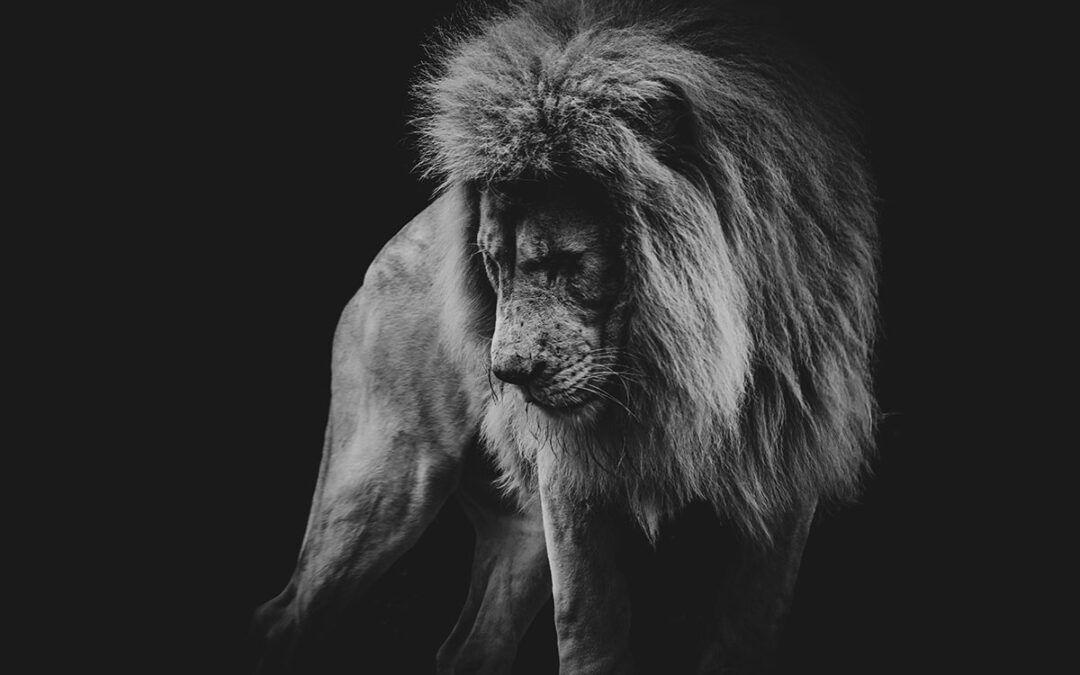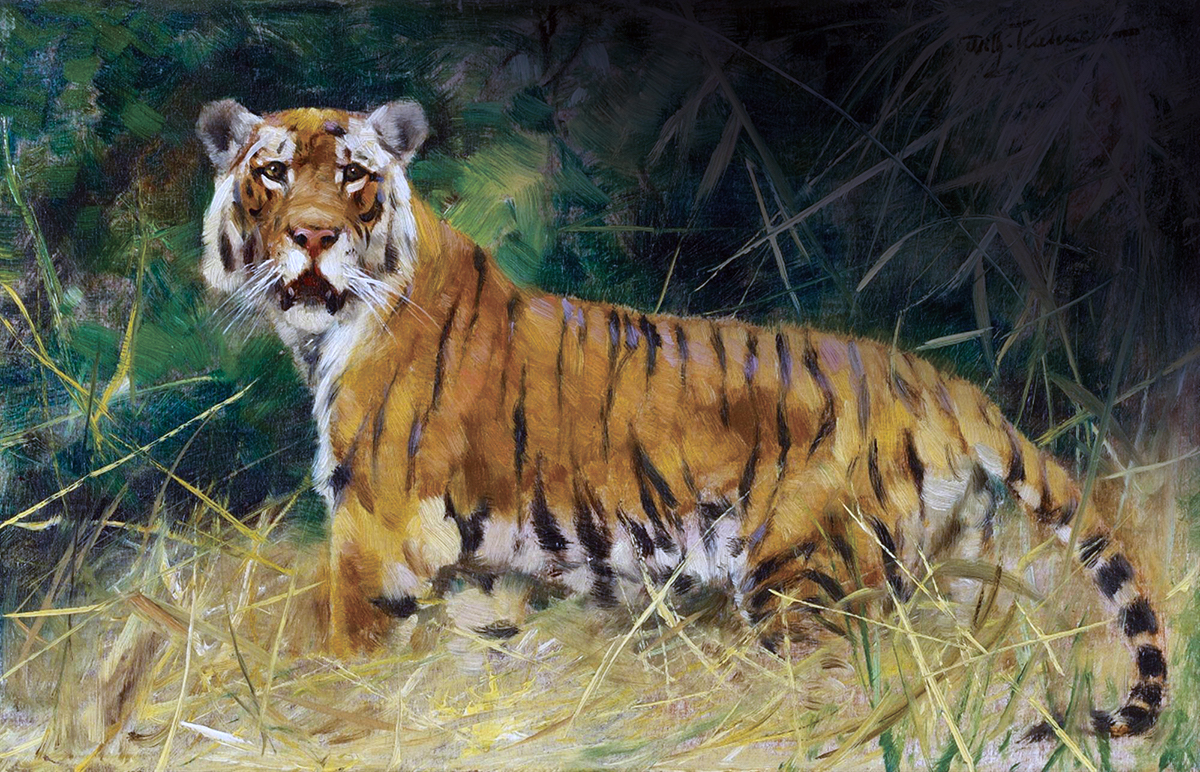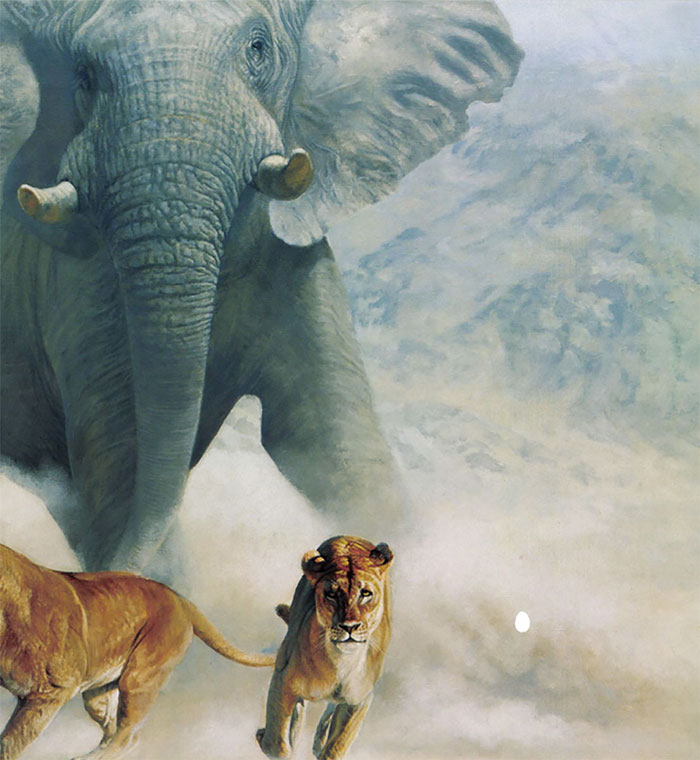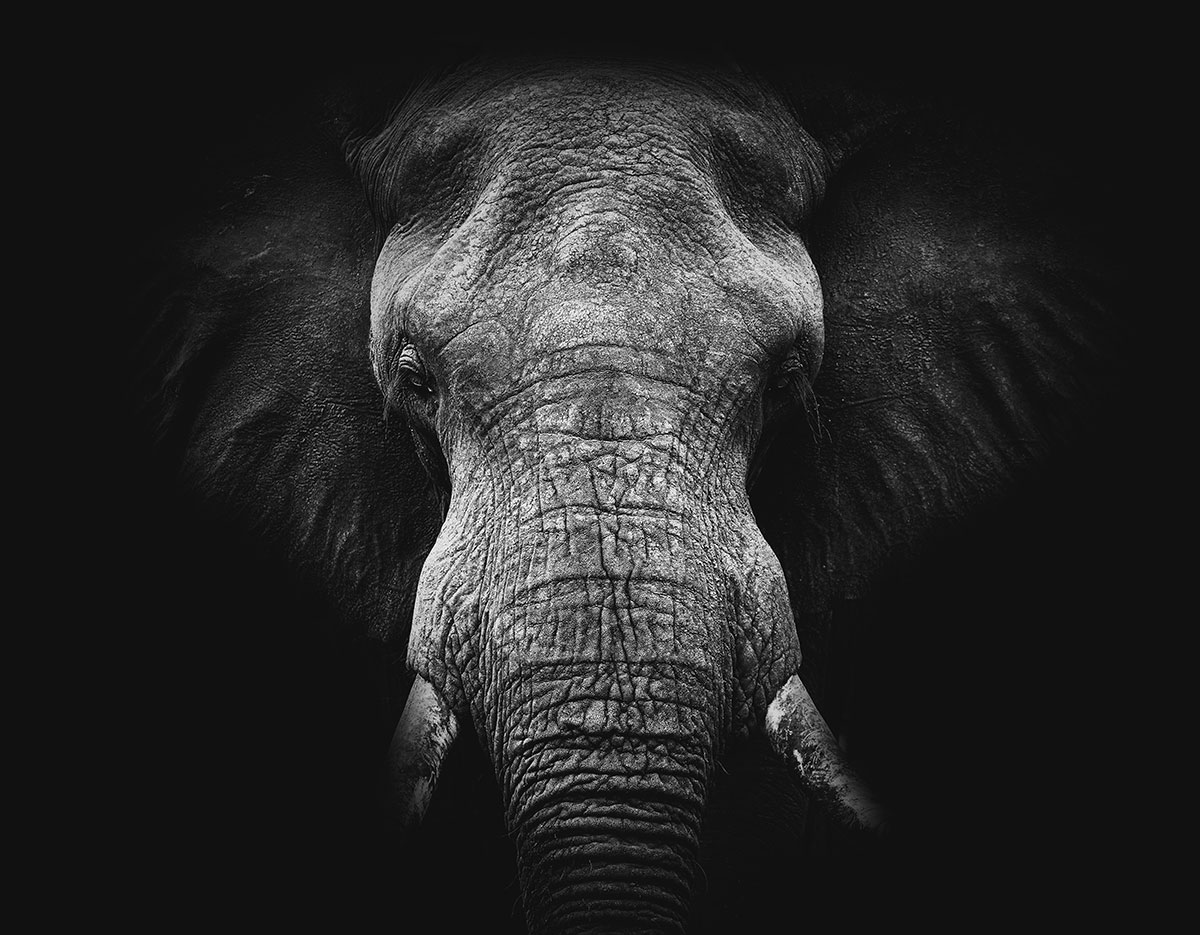I decided finally to stick my knife into his heart, and so I began to feel very cautiously for his shoulder.
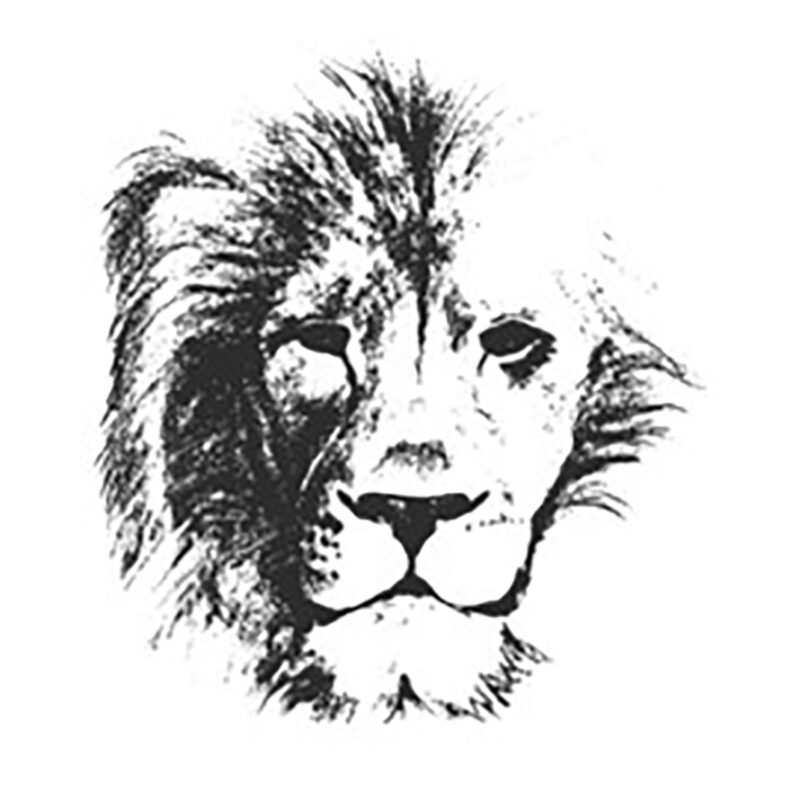 In August 1903, I was returning from one of my usual patrols on the Olifants. On the second day after leaving camp my objective was a certain waterhole en route, at which I intended spending the night, but when we reached it, we found that the pool was dry. It was now about 4pm, and the only thing to be done was to push on to the next waterhole, which was about 12 miles distant.
In August 1903, I was returning from one of my usual patrols on the Olifants. On the second day after leaving camp my objective was a certain waterhole en route, at which I intended spending the night, but when we reached it, we found that the pool was dry. It was now about 4pm, and the only thing to be done was to push on to the next waterhole, which was about 12 miles distant.
Accompanying me were three police boys driving the donkeys, which carried all my possessions, and three dogs; the latter all rough “Boer” dogs — very good on lions. I instructed the boys that I would ride ahead along the path to the next waterhole and they were to follow. I then started to go ahead along the trail, and of the dogs, “Bull” escorted me; the bitch “Fly” and a mongrel-terrier remaining with the boys.
Although it became dusk very soon, I continued to ride along the path — as I had often traveled that route by night during the Boer War to avoid the heat of the summer sun. I gave no thought to lions, as I had never encountered these animals in those parts. Most of the herbage had been recently burnt off, but here and there a patch of long grass remained. While riding through one of those isolated patches, I heard two animals jump up in the grass in front of me.
It was by now too dark to see, but I imagined that the animals in question were a pair of reedbuck, as this had always been a favorite locality for these antelope. I expected them to run across the path and disappear; but instead, and to my surprise, I heard a rustle in the grass approaching me.
I was still riding quietly along when two forms loomed up within my three or four yards, and these I recognized as two lions, and their behavior was such that I had little doubt but that their intentions were to attack my horse. Although, of course, I had my rifle (without which I never moved in the veld), there was no time to shoot, and I hastily pulled my horse around. I dug the spurs into his flanks in a frantic effort to urge him to his best speed to get away in time; but the approaching lion was already too close, and before the horse could get into its stride I felt a terrible impact behind me as the lion alighted on the horse’s hindquarters.
What happened next, of course, occupied only a few seconds, but I vividly recall the unpleasant sensation of expecting the crunch of the lion’s jaws in my person. However, the terrified horse was bucking and plunging so violently that the lion was unable to maintain its hold, but it managed to knock me out of the saddle. Fortune is apt to act freakishly at all times, and it may seem a strange thing to suggest that it was fortunate for myself that I happened to fall almost on top of the second lion as he was running round in front of my horse, to get hold of it by the head. Had I fallen otherwise, however, it is probable that the lion would have grabbed me by the head, and then this would have assuredly never been written! Actually the eager brute gripped my shoulder between its jaws and started to drag me away, and as it did so, I could hear the clatter of my horse’s hooves over the stony ground as it raced away with the first lion in hot pursuit; itself in turn being chased by my dog, “Bull.”
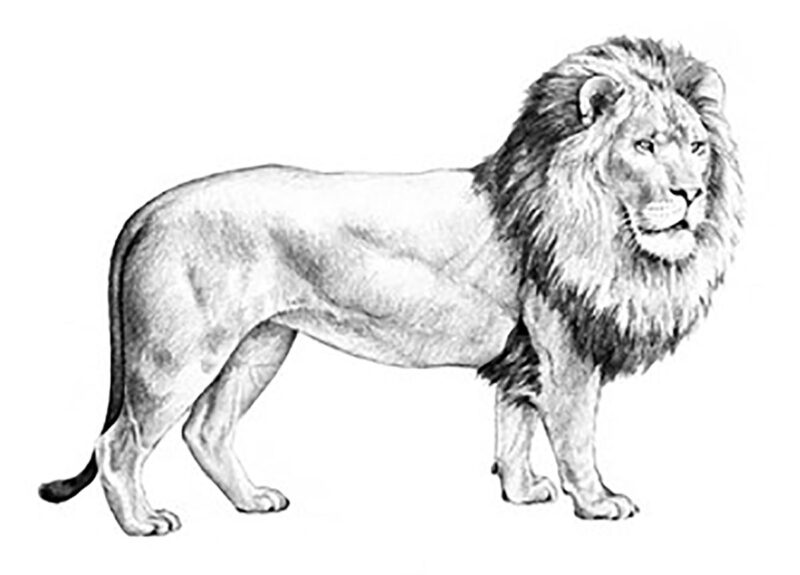 Meanwhile, the lion continued dragging me towards the neighboring Metsimetsi Spruit. I was dragged along on my back, being held by the right shoulder, and as the lion was walking over me his claws would sometimes rip wounds in my arm. I was wearing a pair of spurs with strong leather straps, and these acted as brakes, scouring deep furrows in the ground over which we travelled. When the “brakes” acted too efficiently, the lion would give an impatient jerk of his great head, which added excruciating pain to my shoulder, already deeply lacerated by the powerful teeth.
Meanwhile, the lion continued dragging me towards the neighboring Metsimetsi Spruit. I was dragged along on my back, being held by the right shoulder, and as the lion was walking over me his claws would sometimes rip wounds in my arm. I was wearing a pair of spurs with strong leather straps, and these acted as brakes, scouring deep furrows in the ground over which we travelled. When the “brakes” acted too efficiently, the lion would give an impatient jerk of his great head, which added excruciating pain to my shoulder, already deeply lacerated by the powerful teeth.
I certainly was in a position to disagree emphatically with Dr. Livingstone’s theory, based on his personal experience, that the resulting shock from the bite of a large carnivorous animal so numbs the nerves that it deadens all pain; to this was the mental agony as to what the lion would presently do to me; whether he would kill me first or proceed to dine off me while I was still alive!
Of course, in those first few moments I was convinced that it was all over with me and that I had reached the end of my earthly career.
But then, as our painful progress still continued, it suddenly struck me that I might still have my sheath knife! I always carried this attached to my belt on the right side. Unfortunately, the knife did not fit too tightly in its sheath, and on two previous occasions when I had had a spill from my horse while galloping after game during the Boer War, it had fallen out. It seemed almost too much to expect that it could still be safely there after the recent rough episodes.
It took me some time to work my left hand round my back as the lion was dragging me over the ground, but eventually I reached the sheath, and, to my indescribable joy, the knife was still there! I secured it, and wondered where best first to stab the lion. It flashed through my mind that, many years ago, I had read in a magazine or newspaper that if you hit a cat on the nose he must sneeze before doing anything. This particular theory is, of course, incorrect; but at the time I seriously entertained the idea of attempting it, though on second thought I dismissed the notion, deciding that in any case he would just sneeze and pick me up again—this time perhaps in a more vital spot!
I decided finally to stick my knife into his heart, and so I began to feel very cautiously for his shoulder. The task was a difficult and complicated one because, gripped as I was, high up on the right shoulder, my head was pressed right up against the lion’s mane, which exuded a strong lion smell (incidentally, he was purring very loudly, something after the fashion of a cat—only on a far louder scale—perhaps in pleasant anticipation of the meal he intended to have) and this necessitated my reaching with my left hand holding the knife across his chest so as to gain access to his left shoulder. Any bungling in this maneuver would arouse the lion, with instantly fatal results to myself!
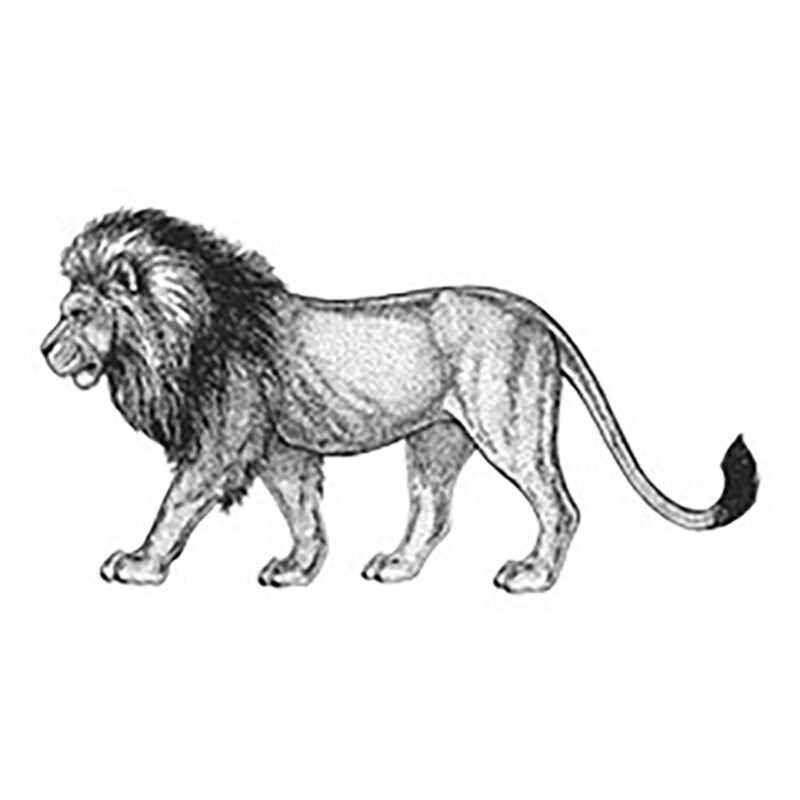 However, I managed it successfully, and knowing where his heart was located, I struck him twice, in quick succession, with two back-handed strokes behind the left shoulder. The lion let out a furious roar, and I desperately struck him again; this time upwards into the throat. I think this third thrust severely injured the jugular vein, as the blood spurted out in a stream all over me. The lion released his hold and slunk off in the darkness.
However, I managed it successfully, and knowing where his heart was located, I struck him twice, in quick succession, with two back-handed strokes behind the left shoulder. The lion let out a furious roar, and I desperately struck him again; this time upwards into the throat. I think this third thrust severely injured the jugular vein, as the blood spurted out in a stream all over me. The lion released his hold and slunk off in the darkness.
Later I measured the distance, and found that he had dragged me 60 yards. Incidentally, it transpired later that both first thrusts had reached the heart.
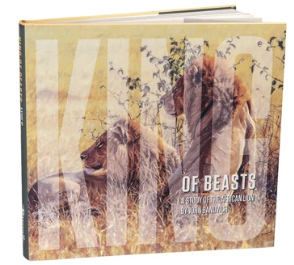 John Banovich believes he was born to tell the lion’s story — from its ancient past to its troubling future. And on these pages, he tells that story the best way he knows how—by painting it.
John Banovich believes he was born to tell the lion’s story — from its ancient past to its troubling future. And on these pages, he tells that story the best way he knows how—by painting it.
Over his illustrious 26-year career as an award winning artist and one of the world’s foremost contemporary naturalists, John has continued to draw and paint the African lion more than any other subject, simply because no other animal speaks to him quite the same way. Buy Now

